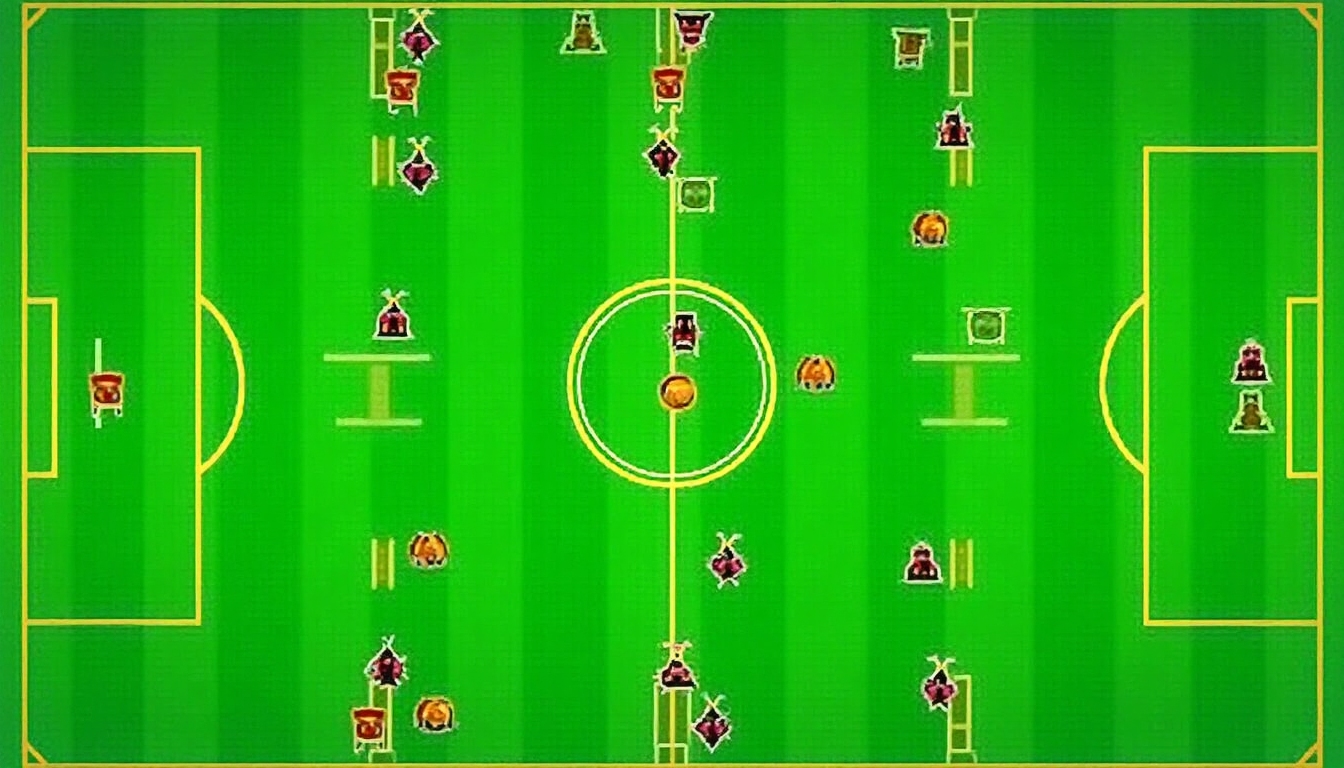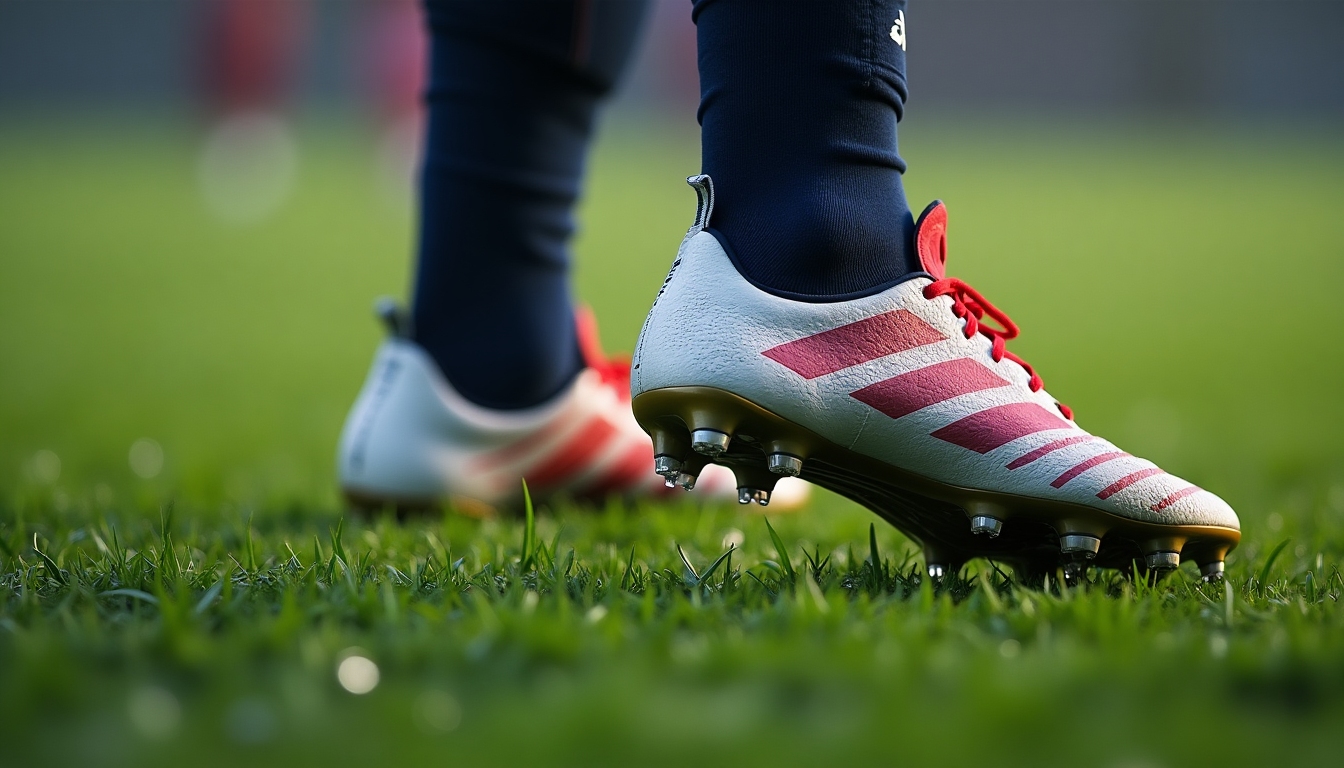Understanding Football Formations and Tactics
Understanding Football Formations and Tactics
Football, often referred to as "the beautiful game," is an intricate dance of strategy and skill. Understanding football formations and tactics can enhance your appreciation of the game and improve your ability to analyze matches.

The Basics of Football Formations
Formations in football dictate how players position themselves on the field. Each formation serves a unique purpose based on the strategy a team wants to employ. Common formations include the 4-4-2, 3-5-2, and 4-3-3. Each has its specific strengths and weaknesses.
| Formation | Defense (Def.) | Midfield (Mid.) | Forwards (Fwd.) |
|---|---|---|---|
| 4-4-2 | 4 | 4 | 2 |
| 3-5-2 | 3 | 5 | 2 |
| 4-3-3 | 4 | 3 | 3 |
The choice of formation can depend on the opponent's strengths, available personnel, and even the weather conditions. This adaptability is a crucial component of the game's strategic depth.

Tactics: The Art of Winning the Game
While formations are the foundation, tactics are the plan executed on this foundation. Tactics can include pressing high up the pitch, playing a possession-based game, or focusing on counter-attacking. Each tactic requires specific skills and understanding of the game from the players.
Pressing Tactic
This involves applying constant pressure on the ball when the opponent has possession. Success depends on team coordination and individual stamina. Teams like Liverpool under Jurgen Klopp have famously used this to great effect.
Possession-based Play
The goal is to control the ball as much as possible, dictating the pace and direction of the game. This requires players with excellent passing abilities and spatial awareness. Teams like Spain’s national team excel with this tactic.
Counter-attacking
Teams employing this tactic defend in numbers and look to break quickly when winning back possession. This is effective against teams that play high up the field. Leicester City used this tactic to clinch the Premier League title in the 2015-2016 season.

Footing Types and Their Impact
Understanding the various footing types is essential for tailoring tactics to different conditions. Players might shift footing to adapt to grass, artificial turf, or muddy fields—factors that can necessitate changes in cleat design and match strategy.
Footing Calculation: A Practical Example
To illustrate footing calculation, consider adjusting strategies based on different field conditions:
- Dry Grass: Use formations that favor quick plays and short passes.
- Wet Grass: Opt for formations that compact the field defensively, given slipping risks.
- Artificial Turf: Focus on fast-paced tactics with pressing, as footing is more predictable.

Fine-Tuning Formations for Success
Adjusting formations mid-game showcases a team's tactical flexibility. Coaches might switch from a 4-4-2 to a 4-3-3 if they need a more offensive stance or vice versa to defend a lead.
Personal Insights and Experiences
Having played both striker and midfielder, I find that experiencing different formations firsthand sheds light on their practical nuances. The 4-3-3’s flexibility allows for dynamic play, but being part of a 4-4-2 gives a solid defensive feel, suitable against powerful attacks.

Conclusion
Understanding football formations and tactics is not just for coaches but fans as well. With the insights shared here, anyone can gain a deeper appreciation of football's strategic beauty. This knowledge enables you to anticipate game flow and admire tactical prowess during your next match viewing.
Read More
To deepen your understanding of football dynamics, consider these recommended readings:
- "Coaching and Tactics: A Deep Dive into Patterns of Play"
- "Unlock the Secrets of Football: Mastering Tactical Awareness"
- "Football Strategies in Action: Stories from the Dugout"





